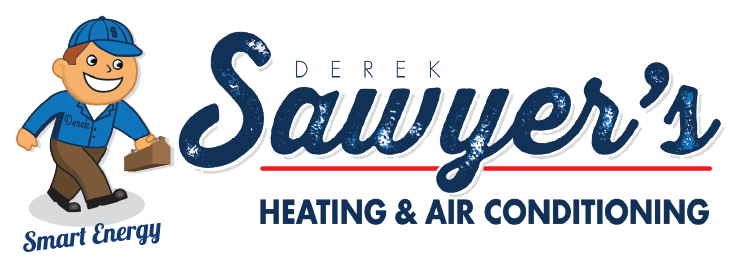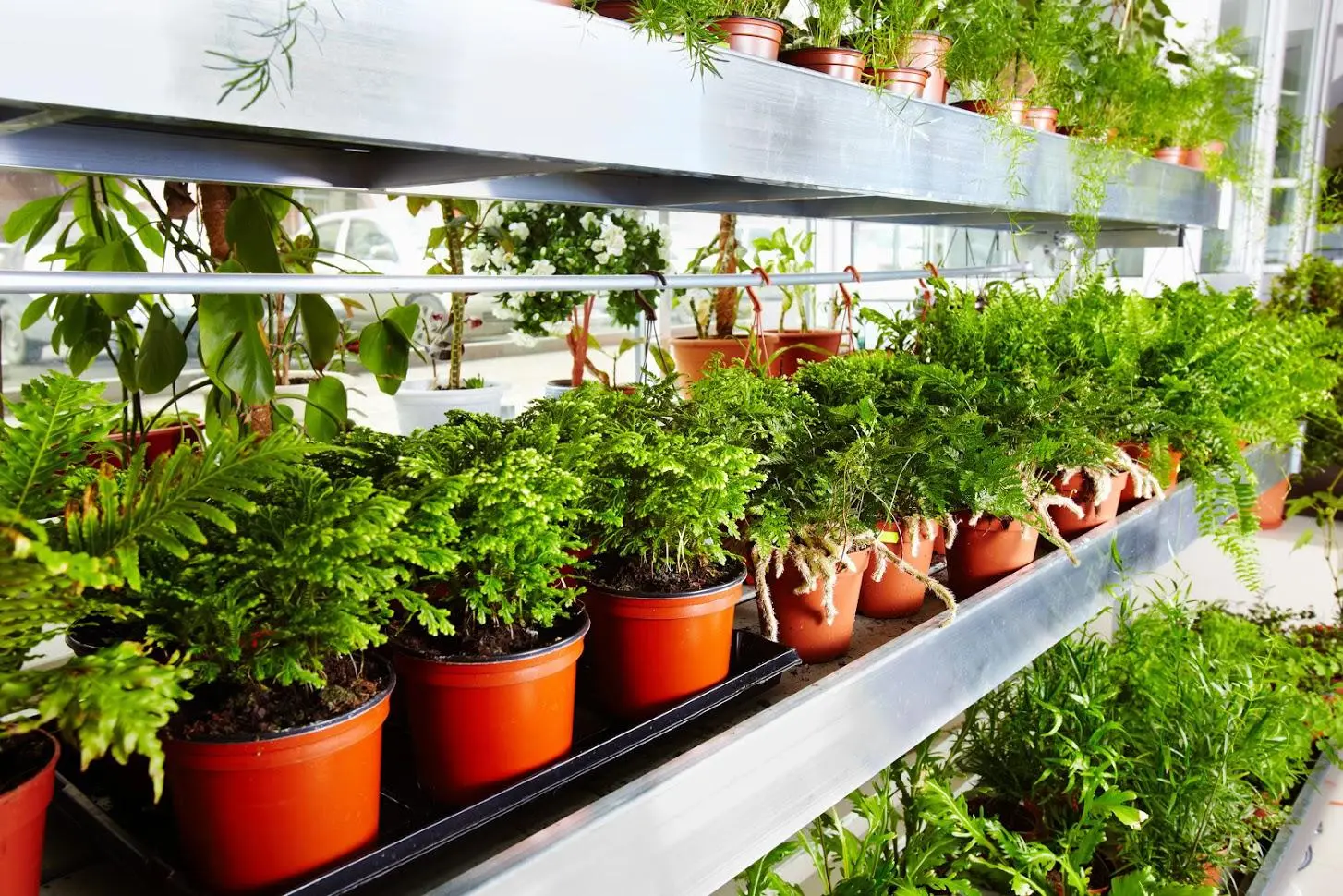Whether you have a small greenhouse or a large indoor vegetable operation in the Modesto area, your choices of heating, cooling, and ventilation solutions can make your indoor growing space more productive. Here is what you should know.
Reduce Solar Radiation for Cooling, But Add Options
Most greenhouse vegetable plants want daytime temperatures between 70 and 80 degrees Fahrenheit. If average temperatures are too high or too low, plants can stop setting fruit or bolt and begin producing seed.
In a sunny, semi-arid location like the Central Valley of California, keeping daytime temperatures down is your greatest challenge. The Modesto region is considered a Mediterranean climate according to the Köppen Climate Classification . Once the bright California sun comes streaming into a greenhouse, the internal air can rapidly rise due to the abundant solar input.
One trick to reduce temperatures in a Mediterranean-climate greenhouse is to use shade cloth. Cover part or the entire greenhouse during the most intense hours of sunlight to limit the amount of solar input.
However, some plants will suffer if they do not receive enough daytime light. When your greenhouse does not stay at optimum growing temperatures during sunny days, and reducing solar radiation does not work, talk to your HVAC professional about using additional cooling methods.
Add the Right Ventilation to Remove Hot Air
Exchanging greenhouse air for fresh outside air is a great way to cool the air temperature inside the greenhouse and reduce excess humidity. Efficient greenhouse ventilation systems often include a large air intake on one side of the greenhouse and a large air output vent or fan on the opposite side of the greenhouse.
Greenhouse ventilation is installable as a passive system of cross ventilation. Passive systems, when situated at the right levels and angles on greenhouse structures, work best in coastal areas and areas with brisk winds.
Forced-air ventilation systems usually have vented greenhouse openings and large electric fans. Fans may blow air into or out of the greenhouse to adjust the internal greenhouse temperature.
For the best results, forced-air or passive ventilation systems should be placed at greenhouse ridges, sidewalls, and gables. Experts recommend a combined cooling surface on structural vents that is no less than 15 to 30 percent of a greenhouse’s total square footage.
Your HVAC professional can assess your structures individually to determine the best placement for greenhouse forced-air ventilation systems. When combined with a high-efficiency refrigerant-based cooling system, a proper ventilation system in your greenhouse can keep your plants from overheating during a particularly hot summer season or high-heat event.
Go With Forced-Air Systems for Convenience
Forced-air ventilation systems and refrigerant-based greenhouse cooling systems are less messy than evaporative cooling systems like fog coolers or fan and pad coolers. Forced-air cooling systems also require far less maintenance than evaporative coolers.
Misting equipment on evaporative foggers need continual maintenance. Contaminated fog can spread diseases and plant pathogens throughout the greenhouse. Evaporative cooling pads need constant water. The pads need protection from direct sunlight, salt, and sand.
Multiple fans must sometimes run non-stop when using fan and pad evaporative cooling systems, so the total water and electricity usage can be significant for the fan and pad method. The fans must also be arranged in precise sequence to work with the wet pads. Zonal air conditioning and ventilation units take up less space on walls while providing effective greenhouse climate
Calculate Adequate Heating Needs
In the Central Valley, winter temperatures rarely fall below freezing. However, some plants can wither from cold temperatures that are well above freezing.
To provide year-round protection for your greenhouse plants, install a heating system of some type to augment the sunlight’s radiant warmth. Find the correct methods online to calculate how many British thermal units (BTUs) of output you need from a greenhouse heater, or ask your HVAC professional for help calculating your potential winter greenhouse heat loss.
You have many options for greenhouse heaters from wood-fired stoves to natural gas furnaces. Choose a heater or heating system that can keep your greenhouse warm even if the temperature is 15 degrees below your area’s average minimum low temperature for the year. Select a heater that uses fuel you can easily obtain and afford.
Some types of convenient greenhouse heating systems that are used in California include:
- Electric
- Natural gas
- Propane or LP
- Infrared vacuum
Your HVAC professional can help explain the various professional and commercial greenhouse heaters available. The heating pros can also safely and securely install your greenhouse heating system so it meets all codes and building requirements.
If you need a new greenhouse heater or a headhouse office air conditioning unit, contact Derek Sawyers Smart Energy Heating & Air. We source and install a variety of commercial furnaces and ventilation systems for your Central Valley, California, greenhouse and all of your commercial structures.


